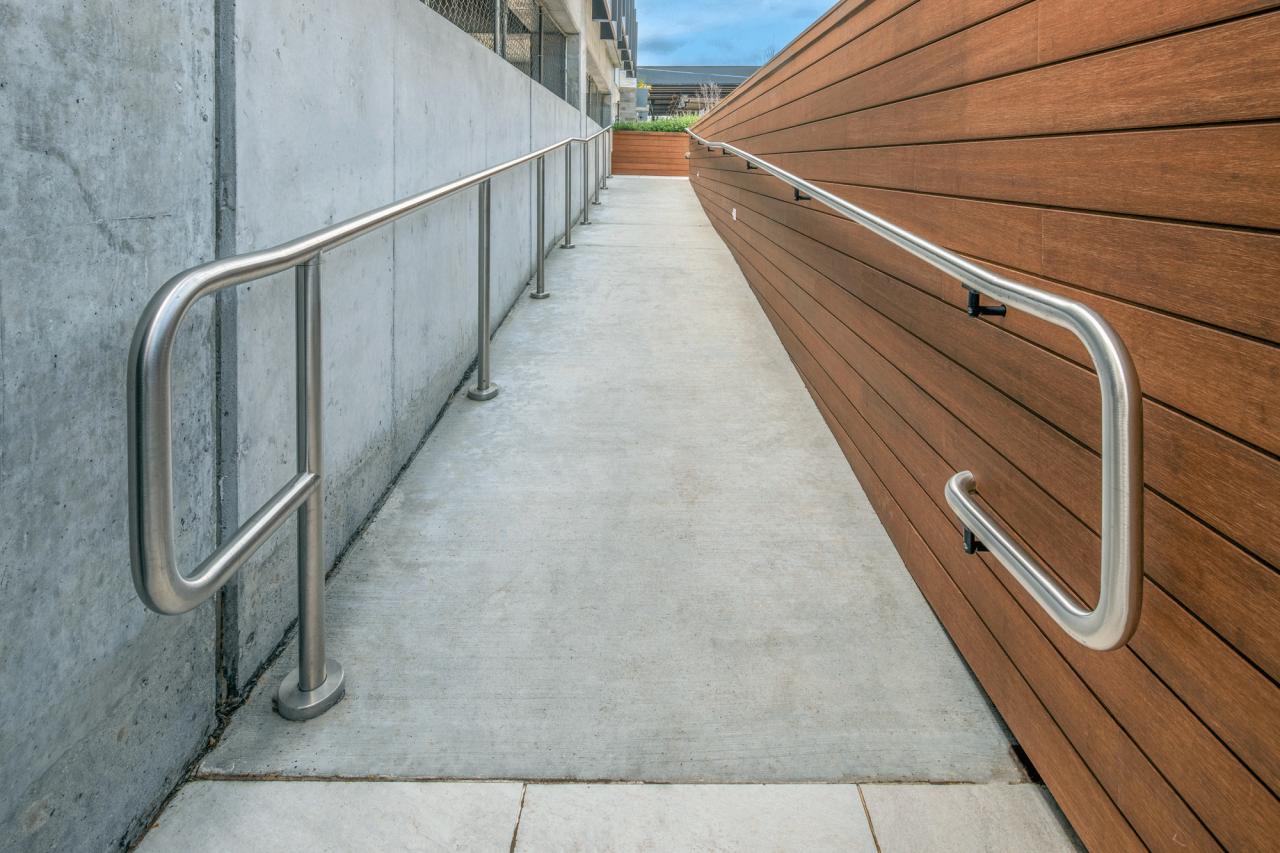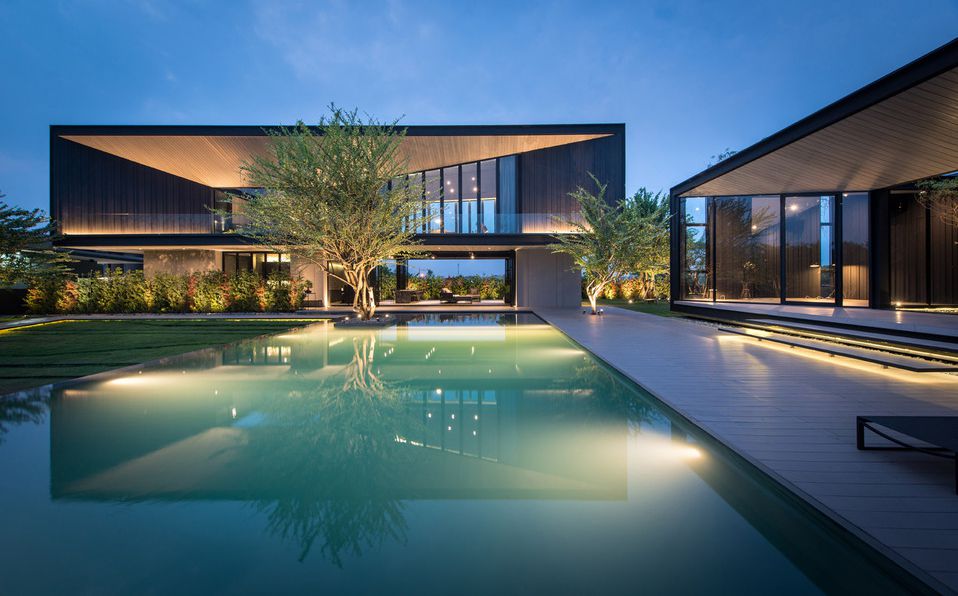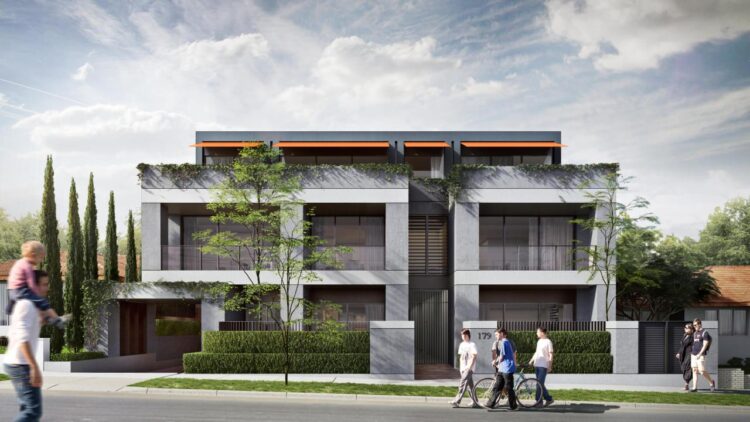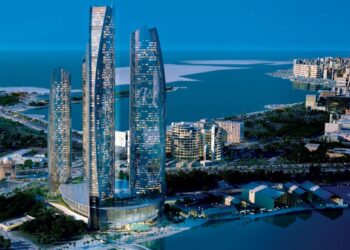New Residential Safety Standards Explained
Residential architecture is currently in a state of rapid transformation, driven by an evolving global landscape of regulations, technological advancements, and a heightened public awareness of safety and well-being. The traditional focus on aesthetics and function is now inextricably linked with a rigorous commitment to enhanced safety standards. For architects, builders, and homeowners alike, understanding these new paradigms is not just a matter of legal compliance but a fundamental aspect of creating resilient, secure, and sustainable living spaces. This article delves deep into the key drivers behind these changes, the specific areas of focus, and the practical implications for the future of residential design and construction.
The Catalysts for Change
The push for more stringent residential safety standards is not a random occurrence. It is the result of a confluence of critical events and long-term trends that have reshaped public and governmental priorities. Several key catalysts are at the heart of this movement:
A. Major Building Disasters: Tragic events like the Grenfell Tower fire in London and other structural collapses have acted as stark reminders of the catastrophic consequences of inadequate building codes and oversight. These disasters have led to widespread public outcry and a legislative response aimed at preventing similar tragedies. Governments around the world are re-evaluating and overhauling their national and local building codes, with a particular emphasis on fire safety, structural integrity, and the use of safe, non-combustible materials.
B. Technological Innovations: The integration of smart home technology, advanced materials, and data-driven analytics has opened up new possibilities for proactive safety measures. We are moving beyond passive safety features to active, intelligent systems that can detect and respond to potential hazards in real time. This includes everything from smart smoke detectors and integrated fire suppression systems to structural health monitoring sensors that can alert occupants and authorities to early signs of distress.
C. Growing Environmental and Health Concerns: There is a heightened awareness of the indoor environment’s impact on human health. New standards are not only about physical safety from fire or collapse but also about the safety of the air we breathe and the materials we live with. This has led to a push for materials with low volatile organic compounds (VOCs), improved ventilation systems to ensure air quality, and the reduction of toxins in building products. The green building movement, once a niche, is now a mainstream driver of safety-oriented design.
D. The Rise of Climate Change: Increasingly severe and frequent weather events—from hurricanes and floods to wildfires and earthquakes—demand a more resilient approach to residential construction. Modern building codes now include specific provisions for designing structures that can withstand these natural disasters. This involves new requirements for foundation design, roof stability, window and door reinforcements, and the use of materials with high-resistance properties.
 Key Areas of New Safety Standards
Key Areas of New Safety Standards
The new safety standards in residential architecture are multifaceted, impacting nearly every aspect of a building’s design, construction, and operation. They are not isolated regulations but an integrated framework designed to create a more holistic and secure living environment.
A. Enhanced Fire Safety: This is arguably the most critical and most rapidly evolving area of residential safety. The new standards go far beyond simply requiring smoke alarms.
- Non-Combustible Cladding and Materials: Following the Grenfell tragedy, there is a global move to ban flammable cladding materials, particularly on high-rise residential buildings. New regulations mandate the use of A-rated non-combustible materials for external facades to prevent the rapid spread of fire.
- Integrated Fire Suppression Systems: While sprinklers have long been standard in commercial buildings, their mandatory inclusion in new residential construction, particularly for larger multi-family dwellings, is becoming more common. These systems are now more advanced, with smart technology that can pinpoint the source of a fire and activate suppression with minimal water damage.
- Improved Egress and Evacuation Routes: Standards for escape routes are being re-evaluated, with new requirements for wider stairwells, clear signage, and the potential for a second, dedicated staircase in tall buildings to ensure a clear path for residents and emergency responders.
- Fire-Rated Compartmentation: The principle of compartmentation—designing a building in a way that contains a fire to its point of origin for as long as possible—is being rigorously enforced. This involves the use of fire-resistant walls, doors, and floors to create sealed “compartments” that slow the spread of smoke and flames.
B. Structural Integrity and Resilience: Modern residential buildings must be designed to withstand more than just the passage of time. They must be prepared for a range of natural and man-made forces.
- Seismic and Wind Resistance: In earthquake-prone regions, new codes require more robust structural designs, including the use of base isolation systems and reinforced concrete. Similarly, in areas susceptible to hurricanes and tornadoes, regulations are being updated to mandate stronger roof-to-wall connections, impact-resistant windows, and reinforced garage doors.
- Flood and Water Damage Mitigation: As climate change intensifies, new standards for building in flood zones are being implemented. This includes elevated foundations, the use of water-resistant materials, and the installation of backflow prevention systems to protect plumbing from sewer backups during a flood.
- Foundation and Soil Stability: Before construction, more detailed soil and geological surveys are now required to ensure the foundation is appropriate for the land. This is particularly crucial in areas with unstable soil or a history of landslides.
C. Health, Wellness, and Indoor Environmental Quality (IEQ): The definition of “safety” is expanding to include the invisible threats that can affect human health.
- Low-VOC and Non-Toxic Materials: New regulations and voluntary standards are pushing for the use of materials with low or zero levels of volatile organic compounds (VOCs), which can off-gas harmful chemicals into the air. This applies to paints, adhesives, flooring, and furniture.
- Advanced Ventilation Systems: To combat indoor air pollution from both internal and external sources, buildings are being equipped with high-efficiency air filters and mechanical ventilation systems (e.g., Energy Recovery Ventilators) that ensure a constant supply of fresh, filtered air.
- Natural Light and Acoustic Design: While not always classified as “safety” in the traditional sense, the new standards recognize the importance of mental and physical well-being. Regulations now often include provisions for maximizing natural light to improve occupant health and minimizing noise pollution through advanced acoustic insulation.
D. Security and Accessibility: Modern residential architecture is also embracing a more comprehensive approach to personal security and universal accessibility.
- Smart Security Systems: The integration of smart locks, video surveillance, and motion sensors is becoming a standard feature in new residential developments, offering a higher level of personal security and peace of mind.
- Universal Design: Building codes are increasingly incorporating principles of universal design to ensure that homes are accessible and safe for people of all ages and abilities. This includes requirements for wider doorways, level entries, grab bars in bathrooms, and accessible routes throughout the property.
The Role of Technology and Materials
The implementation of these new safety standards is highly dependent on advancements in technology and the availability of innovative, high-performance building materials. The synergy between these two fields is creating a new generation of safer, more resilient homes.
- Building Information Modeling (BIM): Architects and engineers are increasingly using BIM software to create highly detailed, 3D digital models of buildings. This allows them to simulate a building’s performance under various conditions—such as a fire or a seismic event—before construction even begins, helping to identify and mitigate potential risks.
- IoT and Smart Sensors: The Internet of Things (IoT) is revolutionizing residential safety. Embedded sensors in walls, foundations, and key systems can provide real-time data on everything from structural stress and temperature fluctuations to air quality and water leaks. This data can be analyzed to predict potential failures and alert homeowners or building managers to issues before they become emergencies.
- Sustainable and Safe Materials: The push for sustainability has led to the development of materials that are not only eco-friendly but also inherently safer. For example, mass timber, such as Cross-Laminated Timber (CLT), is a renewable resource that has also been proven to perform exceptionally well in fire and seismic events due to its predictable charring and strength. Other materials like insulated concrete forms (ICFs) offer superior fire resistance and energy efficiency.
 The Economic and Social Implications
The Economic and Social Implications
While the implementation of these new safety standards is a net positive for society, it is not without its challenges. There are significant economic and social implications to consider.
A. Increased Construction Costs: The use of more advanced materials, sophisticated technologies, and the need for more complex designs can increase the initial cost of construction. This can put a strain on developers and potentially be passed on to homeowners, affecting housing affordability, particularly in already expensive markets.
B. Training and Skill Gaps: The new standards require a higher level of expertise from architects, engineers, and construction workers. There is a need for ongoing training and education to ensure that the workforce is equipped to handle the complexities of modern, code-compliant construction.
C. Regulatory Complexity and Compliance: Navigating the patchwork of local, state, and national building codes can be a major challenge. The new standards require a more streamlined and efficient regulatory process to avoid delays and ensure consistency across jurisdictions.
D. The Shift in Public Perception: Over time, these new standards will raise public expectations for what constitutes a “safe” and “healthy” home. This will create a market demand for buildings that are not only aesthetically pleasing but also demonstrably resilient, secure, and beneficial to the occupants’ well-being.
Conclusion
The new era of residential architecture is defined by an unprecedented focus on safety, driven by lessons from the past, the opportunities of the present, and the challenges of the future. The integration of enhanced fire safety, structural resilience, environmental health, and universal accessibility is fundamentally changing how we design and build our homes. While there are economic and logistical hurdles to overcome, the long-term benefits—safer communities, more resilient infrastructure, and healthier living spaces—are immeasurable. For those in the industry, staying abreast of these evolving standards is not just a professional obligation; it is a moral imperative that will shape the future of residential life for generations to come.






